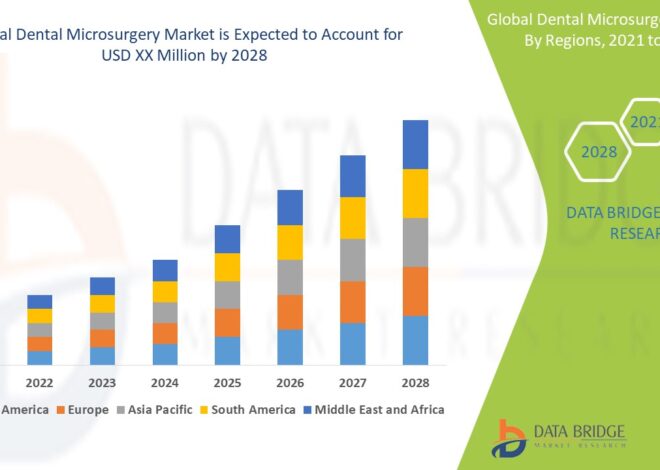
Economic Implications of Advanced Crop Modeling for Smallholder Farmers in Developing Countries
In developing countries, smallholder farmers are the backbone of the agricultural sector, contributing significantly to food security and rural livelihoods. However, these farmers often face numerous challenges, including limited access to resources, climate variability, and market fluctuations. Advanced crop modeling has emerged as a transformative technology with the potential to address these challenges by providing data-driven insights for improved decision-making. This article explores the economic implications of advanced crop modeling for smallholder farmers in developing countries and highlights the role of field management systems in enhancing agricultural productivity and sustainability.
What is Advanced Crop Modeling?
Advanced crop modeling involves the use of sophisticated algorithms and simulations to predict crop growth, yield, and responses to various environmental and management factors. These models integrate data from multiple sources, including weather forecasts, soil conditions, crop genetics, and management practices, to provide accurate predictions and recommendations. By leveraging advanced crop modeling, farmers can optimize their practices, reduce risks, and improve overall farm performance.
Economic Benefits of Advanced Crop Modeling for Smallholder Farmers
-
Improved Yield Predictions
One of the primary economic benefits of advanced crop modeling is the ability to provide accurate yield predictions. For smallholder farmers, knowing the expected yield of their crops allows them to make informed decisions about resource allocation, marketing strategies, and financial planning. Accurate yield predictions help farmers optimize their input usage, reduce wastage, and enhance profitability.
By integrating weather forecasts and soil data into crop models, farmers can anticipate potential yield fluctuations and adjust their practices accordingly. For example, if a model predicts lower yields due to an impending drought, farmers can take proactive measures such as adjusting irrigation schedules or using drought-resistant crop varieties.
-
Enhanced Resource Management
Advanced crop modeling helps smallholder farmers optimize their use of resources, including water, fertilizers, and pesticides. By providing precise recommendations on the timing and quantity of inputs, crop models enable farmers to minimize overuse and reduce costs. For instance, a field management system that integrates crop modeling can suggest optimal fertilizer application rates based on soil nutrient levels and crop growth stages.
Efficient resource management not only reduces costs but also minimizes environmental impacts. By using inputs more effectively, farmers can decrease the risk of soil degradation, water pollution, and greenhouse gas emissions. This sustainable approach to agriculture supports long-term productivity and preserves natural resources.
-
Risk Mitigation and Resilience
Smallholder farmers are particularly vulnerable to climate variability and extreme weather events. Advanced crop modeling can help mitigate these risks by providing early warnings and actionable insights. For example, crop models can predict the likelihood of pest infestations or disease outbreaks, allowing farmers to implement preventive measures in advance.
Additionally, crop models can simulate various scenarios, such as changes in rainfall patterns or temperature extremes, to assess their impact on crop performance. This information helps farmers develop contingency plans and adapt their practices to changing conditions, enhancing their resilience to environmental uncertainties.
-
Market Optimization
Accurate crop modeling can also assist smallholder farmers in optimizing their market strategies. By predicting crop yields and quality, farmers can better plan their sales and avoid market oversupply or shortages. For example, if a crop model indicates a surplus of a particular crop, farmers can explore alternative markets or storage options to prevent losses.
Furthermore, advanced crop modeling can provide insights into market trends and demand patterns. This information enables farmers to make informed decisions about which crops to plant, when to harvest, and how to price their products competitively. Improved market positioning can lead to higher profits and greater financial stability.
-
Access to Financial Services
Farmers who use advanced crop modeling and field management systems can also benefit from improved access to financial services. Lenders and insurers often rely on data-driven insights to assess the creditworthiness and risk profiles of borrowers. By demonstrating their use of advanced technologies and data-driven practices, smallholder farmers can enhance their credibility and secure loans or insurance coverage more easily.
Moreover, accurate yield predictions and resource management data can serve as collateral for loans, reducing the financial risk for both farmers and lenders. This access to finance enables farmers to invest in productivity-enhancing technologies, expand their operations, and achieve long-term economic growth.
The Role of Field Management Systems
Field management systems (FMS) are integrated platforms that combine crop modeling with data collection, analysis, and decision support tools. These systems play a crucial role in maximizing the benefits of advanced crop modeling for smallholder farmers by providing a comprehensive approach to farm management.
-
Data Integration and Analysis
Field management systems collect and integrate data from various sources, including weather stations, soil sensors, and satellite imagery. By combining this data with crop modeling, FMS can provide real-time insights into crop conditions, growth stages, and environmental factors. This integrated approach enables farmers to make informed decisions based on accurate and up-to-date information.
-
Precision Agriculture
Field management systems facilitate precision agriculture by offering detailed recommendations on field management practices. For example, FMS can provide site-specific recommendations for irrigation, fertilization, and pest control based on crop modeling data and field conditions. This precision reduces input costs and enhances crop performance, leading to higher yields and profitability.
-
Monitoring and Reporting
FMS also offers tools for monitoring and reporting farm performance. Farmers can track crop growth, yield predictions, and resource usage through intuitive dashboards and reports. This monitoring capability allows farmers to assess the effectiveness of their practices and make necessary adjustments to improve outcomes.
-
Decision Support
Field management systems provide decision support tools that help farmers evaluate different scenarios and choose the best course of action. For example, FMS can simulate the impact of different irrigation strategies or crop varieties on yield and profitability. This decision support capability enables farmers to optimize their practices and achieve better results.
-
Training and Capacity Building
Many field management systems offer training and support services to help smallholder farmers effectively use the technology. By providing education on crop modeling, data interpretation, and system operation, FMS empowers farmers to leverage advanced tools and maximize their benefits. This capacity building is essential for ensuring the successful adoption and use of field management systems.
Case Studies and Success Stories
Several initiatives have demonstrated the positive economic impact of advanced crop modeling and field management systems for smallholder farmers in developing countries:
- The African Soil Information Service (AfSIS)
AfSIS, a project supported by the Alliance for a Green Revolution in Africa (AGRA), uses advanced crop modeling and field management systems to improve soil health and crop productivity in Africa. By providing farmers with detailed soil data and crop recommendations, AfSIS helps them optimize their practices and increase yields.
- The International Rice Research Institute (IRRI)
IRRI has developed a suite of crop modeling tools to support rice farmers in Asia. These tools provide accurate yield predictions, disease forecasts, and resource management recommendations. By integrating these tools with field management systems, IRRI helps farmers enhance productivity and resilience.
- The Precision Agriculture for Development (PAD) Initiative
PAD is a global initiative that uses advanced crop modeling and field management systems to support smallholder farmers in developing countries. Through its mobile platform, PAD provides farmers with real-time recommendations on crop management, leading to increased yields and improved financial outcomes.
Conclusion
Advanced crop modeling offers significant economic benefits for smallholder farmers in developing countries by improving yield predictions, resource management, risk mitigation, market optimization, and access to financial services. Field management systems play a crucial role in enhancing these benefits by integrating data, providing precision agriculture tools, and offering decision support. By leveraging these technologies, smallholder farmers can overcome challenges, optimize their practices, and achieve greater economic stability and growth.
As developing countries continue to experience growth in agriculture and technology, the adoption of advanced crop modeling and field management systems will play a pivotal role in shaping the future of farming. By embracing these innovations, smallholder farmers can unlock new opportunities, enhance their productivity, and contribute to global food security and sustainable development.


